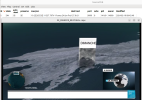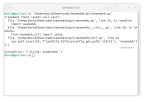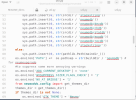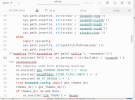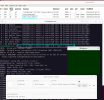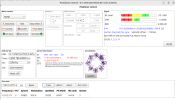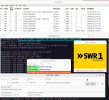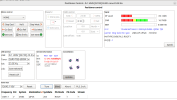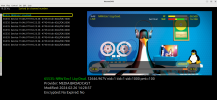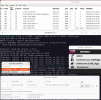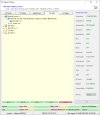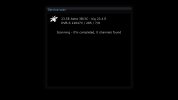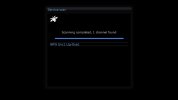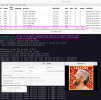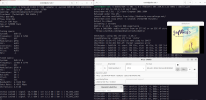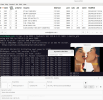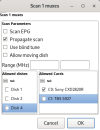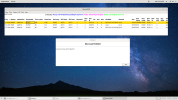For those of you on other distributions than those supported by neumoDVB, there may be a way
to run neumoDVB as well. I tested this on ububtu22.04, but it should work on any version of any
linux distribution as long as you can installl podman and distrobox
You will need to install the DVB drivers on your exiting distribution first.
Then install podman (and perhaps also docker) and distrobox.
Code:
sudo apt install podman
wget -qO- https://raw.githubusercontent.com/89luca89/distrobox/main/install | sudo sh
Then you can use distrobox to install ubuntu-23.10, or even fedora in a container, without affecting your
existing installation (it will NOT upgrade your operating system).
Code:
distrobox-create --name ubuntu-23.10 --image ubuntu:23.10
distrobox-enter --name ubuntu-23.10
wget https://github.com/tsduck/tsduck/releases/download/v3.36-3528/tsduck_3.36-3528.ubuntu23_amd64.deb
sudo apt install ./tsduck_3.36-3528.ubuntu23_amd64.deb
sudo apt install ./neumodvb-1.6.1.deb
The first command creates the container
The second line will tak quite some time (several minutes), the first time you execute it: it will download ubuntu-23.10 into
the container.
Then we install tsduck and neumodvb. This too will take some time the first time (several minutes), because the installed ubuntu
is initially rather minimal.
Eventually you will see a prompt. Then just type neumodvb. neumodvb will start and will use
databases, recordings, and dvb devices from your current distribution. It will run without slowdowns.
It is also possible to create a command that hides the fact that neumodvb is running in a container. From
that point on, you will see no difference with what you would see if you really had upgraded.
The main downside is that this will require quite some diskspace. Otherwise, there are no differences.



